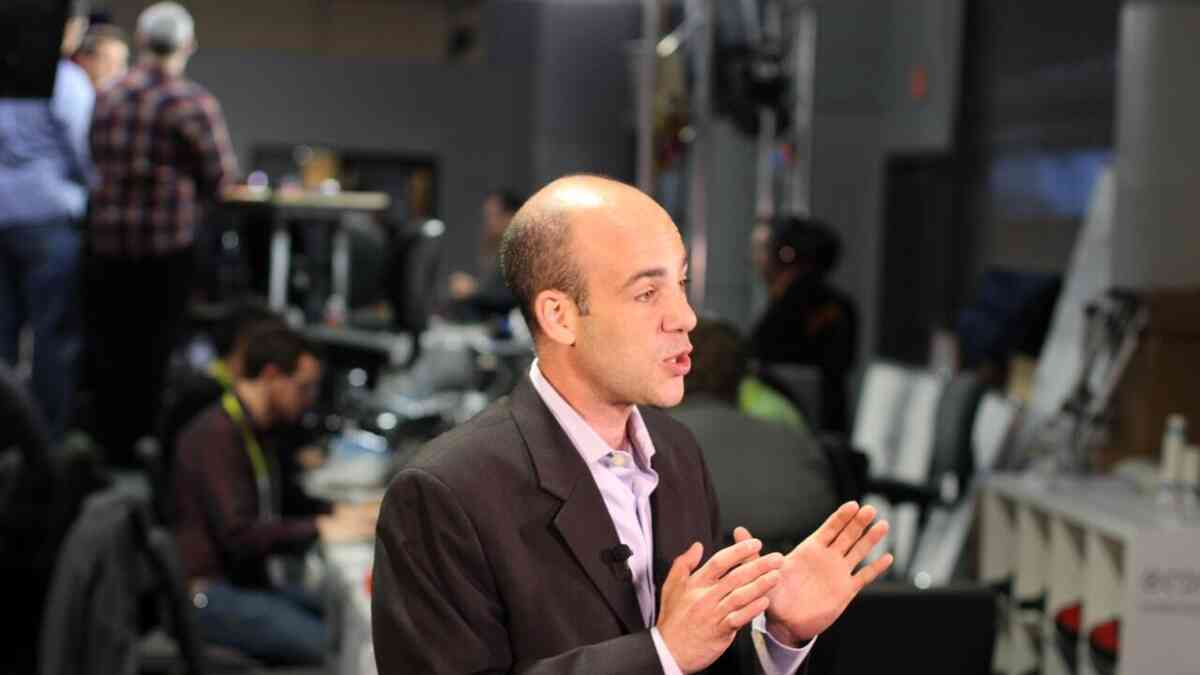
The Importance of the Founder’s Story to Marketing
Using a founder’s story in marketing can help organizations bring in sales, employees, and funds.
Storytelling is a keystone of advertising—especially good advertising. Even the simplest, shortest commercials tend to have at least a modicum of story.
For new brands and for brands hitting milestones in their histories, a founder’s story can help engage customers and potential customers, employees and potential employees, and even bring in investors and funds (for very early-stage businesses and nonprofits).
After all, everyone wants to be involved with someone they like, with whom they identify or admire, and whose story moves and excites them.
Hence the power of the founder’s story.
What is a Founder’s Story?
A founder’s story is the story of the origins of the brand. It tells the tale of the originator of the brand and his or her journey in bringing it to life as a product or service and then sharing it with the public.
The most famous founder’s stories are iconic. People know these stories well and through generations: Famous Amos and his aunt’s recipe for cookies with chocolate chips and pecans, Colonel Sanders and his secret recipe for fried chicken that birthed Kentucky Fried Chicken (now KFC), Ben & Jerry and their signature ice creams made in funky flavors in Vermont.
And these are just the stories about food brands. We could go on.
The Founder’s Story and Building Sales
When people identify with a brand, purchasing something from that brand helps them reinforce and express their self-images. People who choose to wear a brand are proudly identifying with the tribe a company has created around the brand.
When a founders’ story compels the public, the public wants to “befriend” the founder and support the founder’s vision through purchasing his or her products. In most cases, purchasing from a company is the only way a person can buy into that company or publicly support it.
For example, the “Elon Musk” image has influenced heavily the success of the Tesla brand. People love the story of the brash, misunderstood, mysterious genius taking bet-it-all risks on seemingly outlandish products that marry tech and style. Tesla, as enigmatic as its CEO, continues to set the pace in the formerly staid automobile industry. People who buy Tesla support Musk’s vision—and identify with his edgy and enigmatic image.
The Founder’s Story and Recruitment Marketing
Let’s face it: Recruitment is a popularity contest. Great people want to work for famous brands. (After all, well-known brands look great on resumes.) Companies that have high-profile brands attract high-profile people.
When it comes to startup companies and smaller organizations—most of which may have new-to-nonexistent brand equity—the founders’ story can prove critical to success for hiring top-notch staff. A company may not yet have powerful brand equity or a platinum-level benefit package, yet potential employees will flock to it if it has founders whose stories compel them.
Even companies past the start-up and smaller-size stages capitalize on founders’ stories to build their corporate cultures and set the scene for potential employees. If someone gets to work with a glitzy, much-lauded CEO—often lauded because of the company’s compelling founders’ story—the job opportunity will seem too good to refuse.
For example, many of its first employees have said that they joined the company Patagonia because of the vision of the founder, Yann Chouinard, who believed in taking care of people and the planet and who founded the company to sell the unique climbing equipment he had crafted based on his experiences in the wilderness. Even today, long after Patagonia outgrew its early-stage status, people say that they join Patagonia because they believe in Chouinard’s vision.
The Founder’s Story and Fundraising
For many companies in fundraising mode, the founders’ story is a compelling origin story that can get money behind the brand.
People like to fund companies and organizations with good stories, mainly because they like to believe in and identify with the places they invest or donate their money. If people find a story compelling, they find an organization compelling. And when they find an organization compelling, they tend to want to get involved with it.
When it comes to nonprofits, people give because they believe in the cause—and the passion of the founder for the cause often compels them to open their wallets and help her succeed.
Think of Lance Armstrong fundraising for LIVESTRONG (before his comeuppance), telling the story of his comeback from cancer and asking for funds to support people affected by cancer.
And when it comes to for-profit companies, investors like passionate founders who have vision and who will work hard to make it come to life—and they know that powerful, compelling founders will bring in top-notch employees, dedicated customers, and even other investors—all critical components to investments that pay dividends.
Consider the once-upon-a-time young and hip founders of Warby Parker, telling the story of their graduate-student frustration with the high cost of eyeglasses and their a-ha moment about how they could bring down the cost while making eyeglasses (and the purchase of eyeglasses) fun and cool. Think of the massive investments in WeWork and in Theranos by investors swayed from clear thinking by charismatic founders.
Does Your Business Need a Founder’s Story?
Not all brands need founder’s stories. In many cases, the story of the beginning of the brand isn’t compelling without too much fictionalizing. For example, if the brand emerged from corporate research and development—not from a founder or two—a founder’s story likely doesn’t make sense.
However, if you believe that a founder’s story would help your company achieve its goals, you’ll find that having one can deliver powerful results.
Need help determining whether your brand has a founder’s story to tell? Interested in finding out how to tell your story in a way that will compel your target audiences to action? FrogDog can help.
Updated: Sep 20, 2020

We do not spam. And you can unsubscribe when you want.